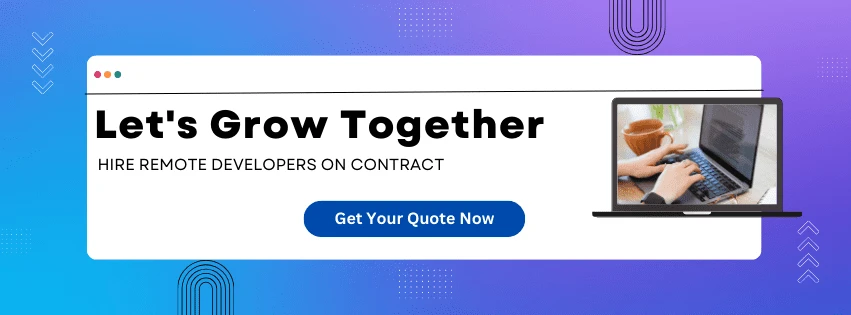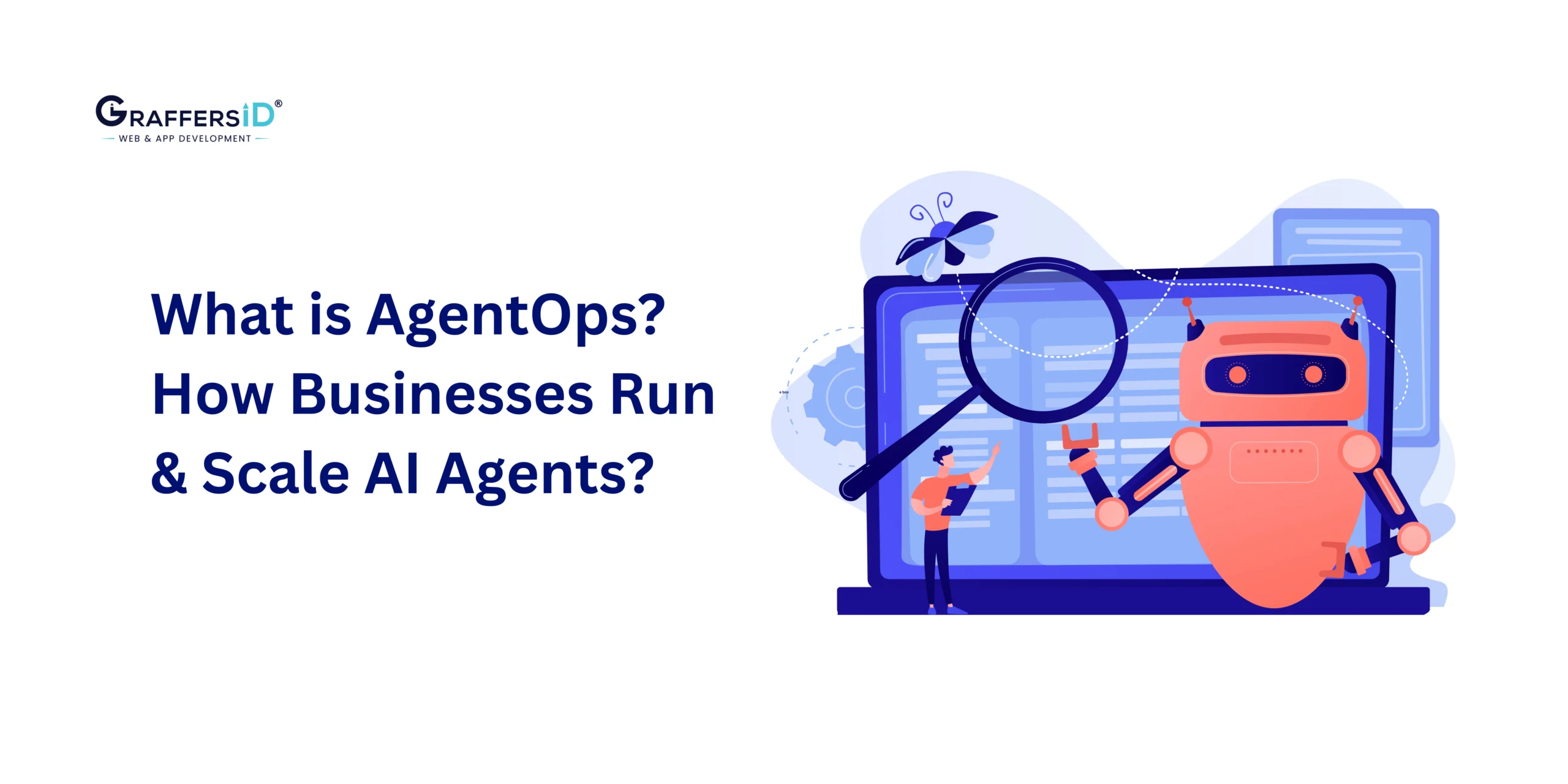In 2026, large language models (LLMs) are no longer just tech jargon; they are essential tools powering the digital strategies of modern enterprises. With the rise of advanced AI systems like OpenAI’s GPT, Meta’s LLaMA, Google Gemini, Anthropic’s Claude, and Perplexity AI, businesses are rethinking how work gets done.
From automating workflows and building AI copilots to generating multimodal content and enabling autonomous AI agents, LLMs are helping companies achieve efficiency, scalability, and competitive advantage.
This blog covers:
- What are LLMs, and how do they work?
- Why are businesses adopting them in 2026?
- Key benefits for enterprises.
- Top use cases across industries.
- The most popular LLMs to consider in 2026.
- LlaMA vs OpenAI GPT comparison.
- A framework for selecting the right LLM.
What is a Large Language Model (LLM)?
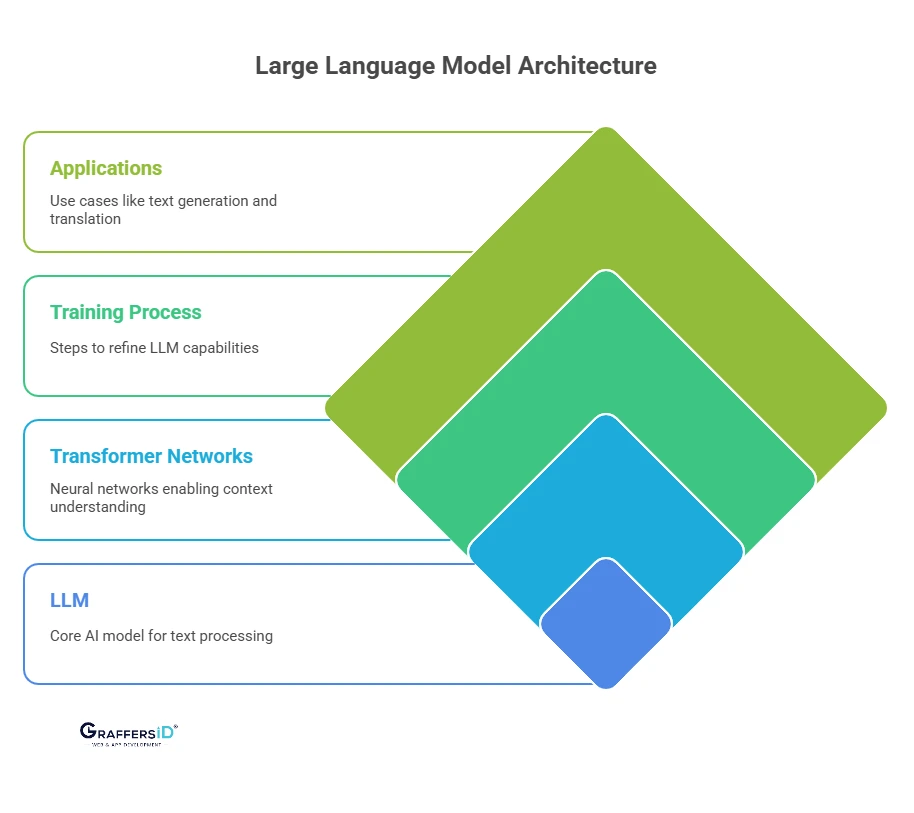
A Large Language Model (LLM) is an advanced form of artificial intelligence trained to understand, process, and generate human-like text and, in 2026, even multimodal content like images, video, and audio.
These models use transformer-based neural networks, which allow them to:
- Understand context, syntax, and semantics.
- Manage long-term dependencies in conversations.
- Generate text, translate languages, and even write code, reports, blogs, and contracts.
Training Process:
- Pre-training on massive datasets (books, web content, academic papers).
- Fine-tuning with task-specific or domain-specific data (e.g., legal, medical, financial).
- Reinforcement learning with human or AI feedback to improve alignment and accuracy.
Businesses can now access LLMs via cloud APIs or deploy them on-premises for greater control and compliance.
Read More: Small vs. Large Language Models in 2026: Key Differences, Use Cases & Choosing the Right Model
Why LLMs Are Becoming Popular in 2026?
The adoption of LLMs has accelerated because of:
- Increased Productivity: LLMs automate lengthy processes such as content writing, coding, and research. This allows employees to focus on more important strategic tasks.
- Accessible and pre-trained APIs: Most LLMs are available through APIs (e.g., OpenAI, Anthropic), allowing companies to use powerful AI without needing to develop models themselves.
- Growing Media and Business Interest: The success of ChatGPT and others has generated much interest, prompting CTOs and CEOs to explore how AI can be applied in processes.
- Real-world Applications: Businesses are witnessing measurable returns from AI across industries, such as customer service and internal process automation.
Benefits of LLMs for Businesses in 2026
LLMs provide numerous benefits to businesses of all sizes and industries. Partnering with a Large Language Model development company can maximize these benefits by ensuring models are fine-tuned, compliant, and seamlessly integrated. LLMs benefit businesses in the following ways:
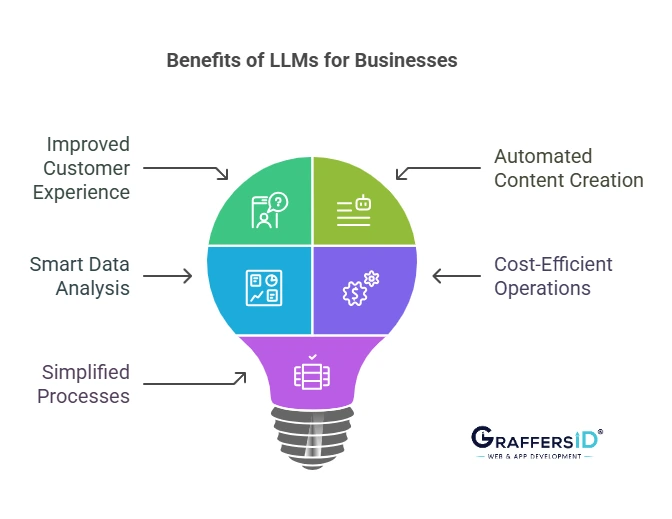
1. Improved Customer Experience
LLMs enable chatbots to be available 24/7 to provide appropriate responses and engage consumers in natural-sounding language.
2. Automated Content Creation
Businesses can save time by automating:
- Blog posts
- Product descriptions
- Email campaigns
- Ad copy
3. Smart Data Analysis
LLMs can examine unstructured data, summarize large documents, and provide executive summaries, allowing for faster decision-making.
4. Cost Optimization
LLMs help businesses reduce costs by completing repetitive and time-consuming tasks, hence reducing the need for large teams.
5. Simplified Processes
Companies can use prompt engineering to draft specific instructions that direct the LLM to automate tasks like:
- Lead generation
- Contract drafting
- Report generation
Key Use Cases of LLMs in 2026
LLMs are versatile solutions that can be used across departments to increase productivity and accuracy. Here are the key business use cases of LLM models in 2026:
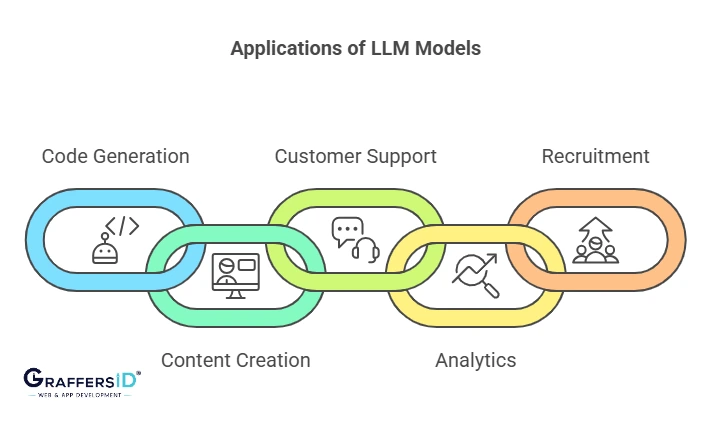
1. Code Generation & Developer Support
- Automatic code generation: Save time by writing boilerplate and scaffolding code.
- Bug fixes and optimization: Find issues and increase efficiency.
- AI pair programming: Tools like GitHub Copilot serve as smart assistants and help to speed up the development cycle.
2. Content & Marketing
- Ad copy and SEO blogs: Generate engaging, fully optimized content.
- Personalization: Customize content based on audience, location, or platform.
- Creative ideation: Helps marketers to create outlines, hooks, and taglines.
3. Customer Service
- Smart chatbots: Address customer queries related to delivery, returns, price, etc.
- Knowledge base integration: Connect bots with internal documents to ensure consistent responses.
- Scalable 24/7 support: Handle high volumes without requiring additional human effort.
4. Analytics & Business Intelligence
- Summarize complex data: Turn spreadsheets into important takeaways.
- Natural language queries: Ask simple inquiries like “What was our top-performing blog last month?”
- Automated reporting: Create visual dashboards and performance reports.
5. Talent Acquisition & HR
- Resume screening: Identifies the qualifications of the applicants for the positions.
- Automated communication: Write emails, interview questions, and onboarding instructions.
- Bias reduction: LLMs can improve DEI by using neutral language and unbiased parameters while making selections.
Top 6 LLM Models to Consider in 2026
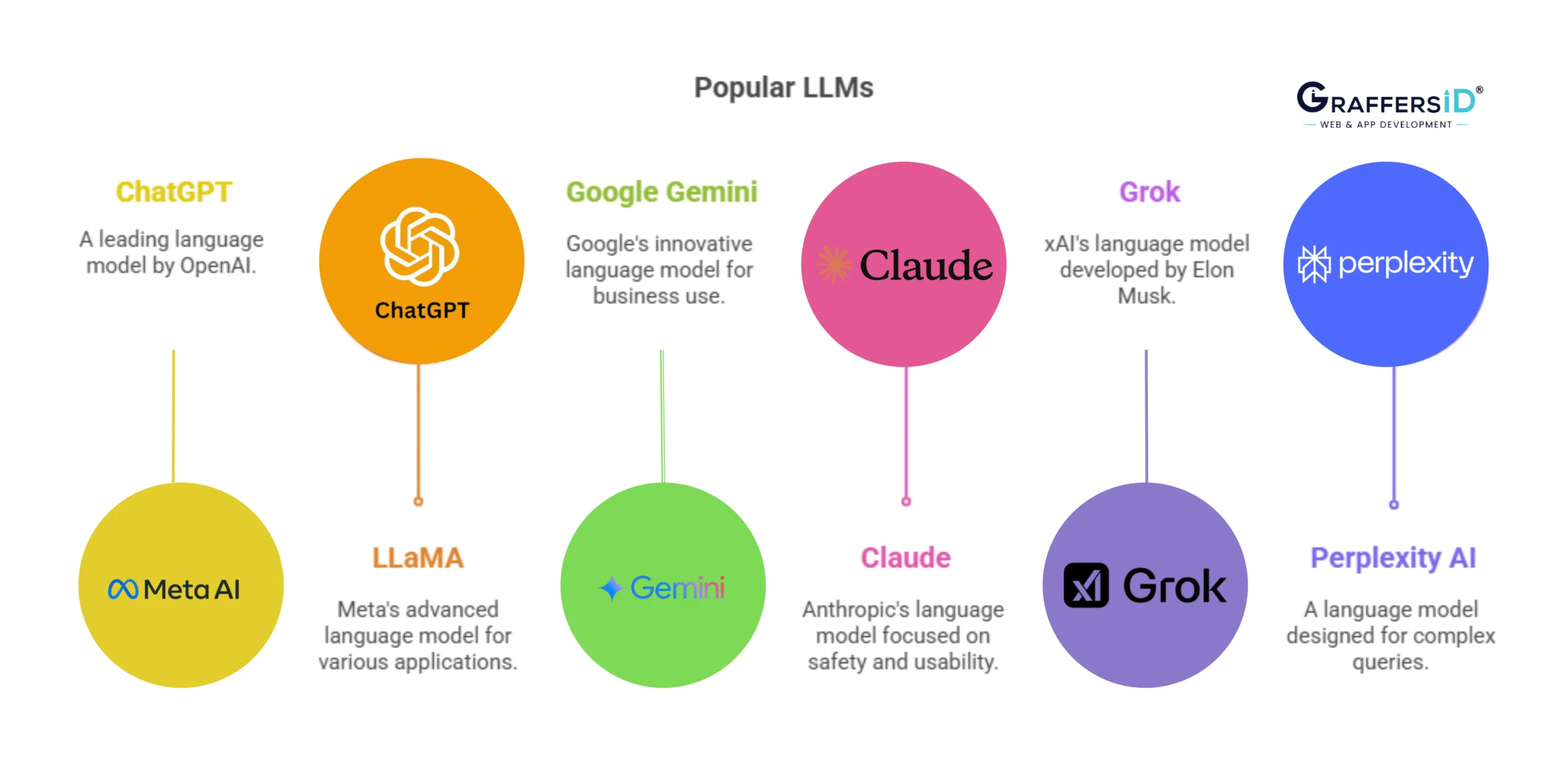
As the demand for AI-driven automation, personalization, and decision-making grows, businesses must choose from a growing pool of powerful Large Language Models (LLMs). Below are six of the most popular LLMs in 2026, each with distinct capabilities and benefits tailored for different business use cases.
1. ChatGPT (OpenAI)
OpenAI’s GPT-5 is one of the world’s most widely used and popular LLMs. It is perfect for companies of all sizes due to its adaptability, plug-and-play accessibility, and natural conversational abilities.
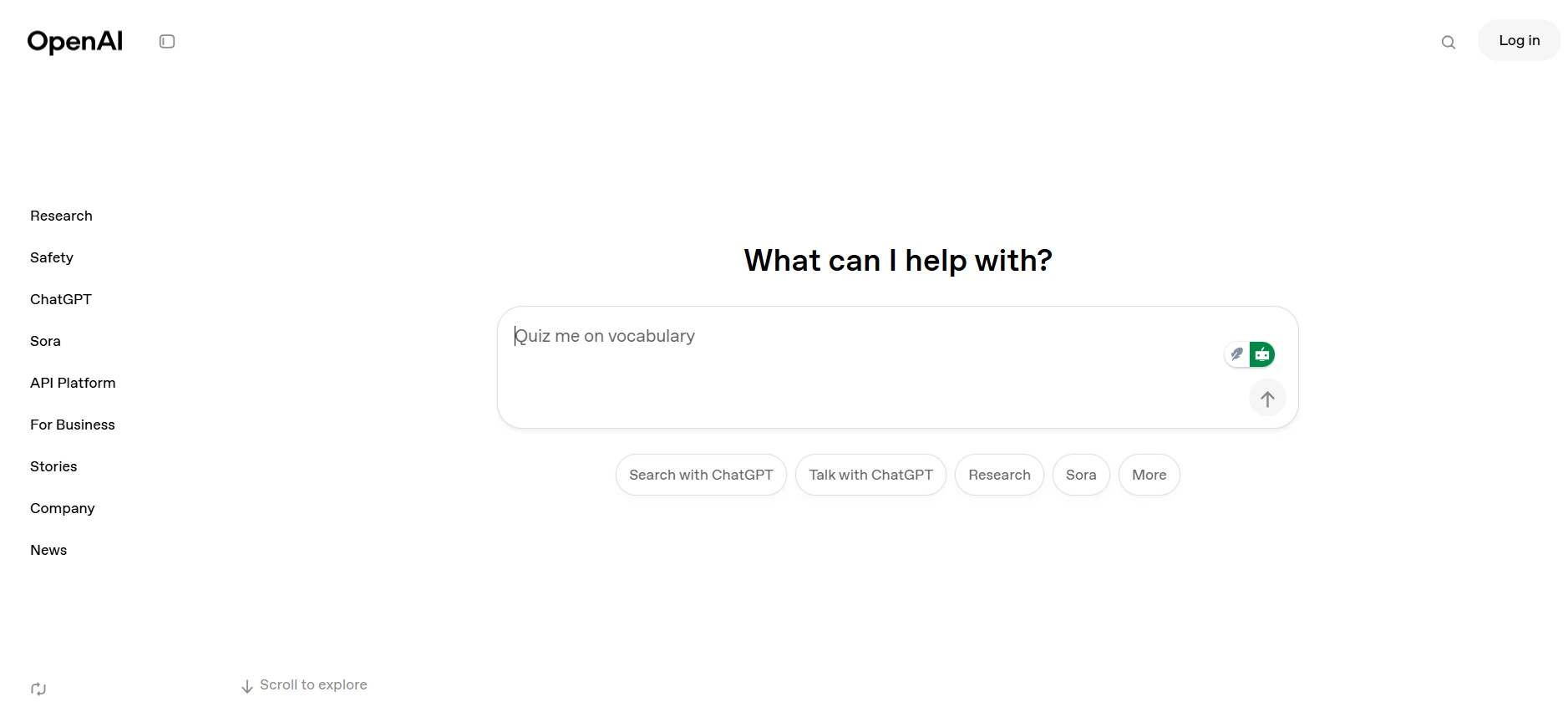
Key Features:
- Advanced reasoning and contextual understanding.
- ChatGPT API for integration with apps and workflows
- Access tools such as Python (code interpreter), DALL·E (image generator), and browser search.
- Plug in and customize GPT’s ecosystem.
- Multi-modal support (text, image, and code)
Best For: SMEs, marketing teams, customer service, product teams, and businesses looking for scalable, easy-to-integrate AI solutions.
2. LLaMA (Meta)
LLaMA (Large Language Model Meta AI) is an open-source LLM series offered by Meta. Unlike proprietary models, LLaMA is free to use and can be modified by developers for domain-specific tasks, making it widely used in the research and IT communities.
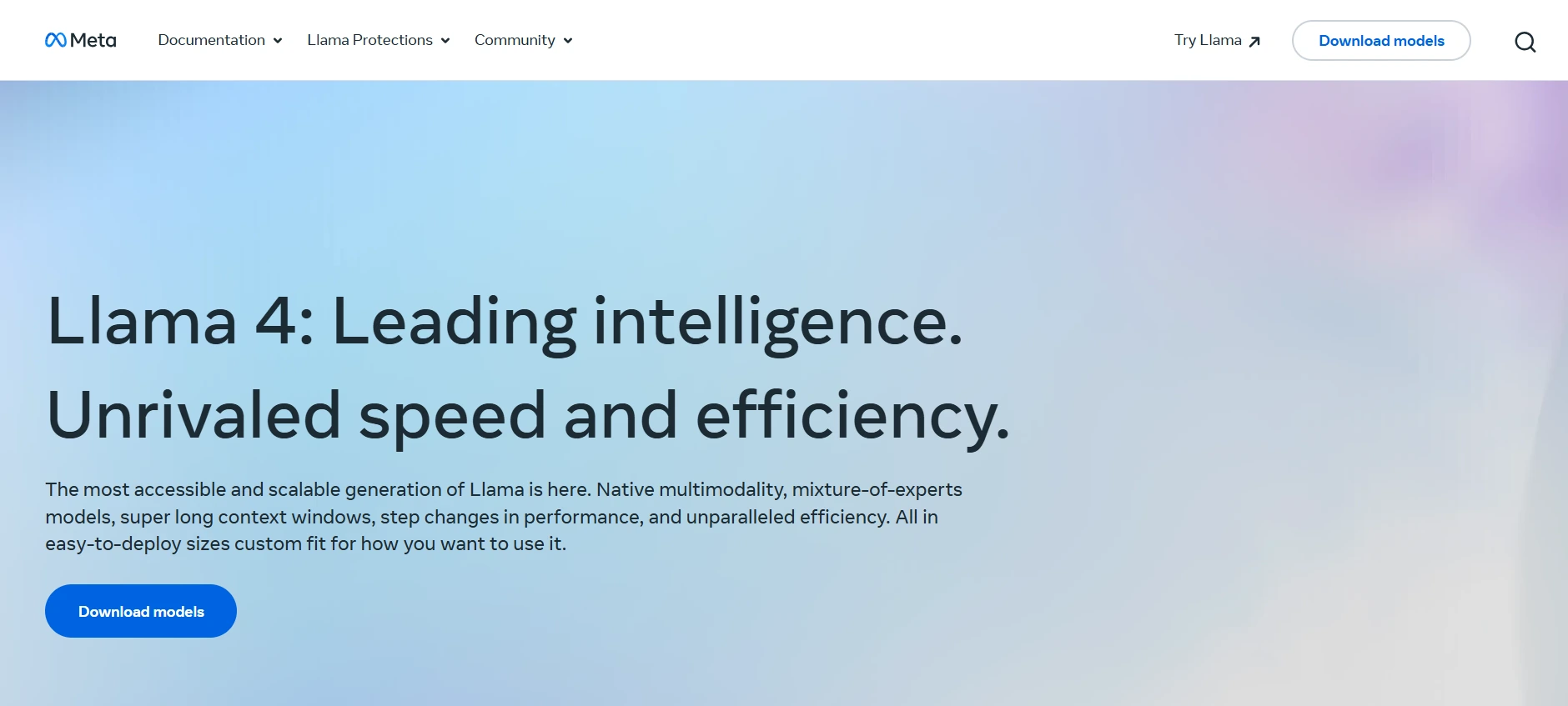
Key Features:
- Fully open-source available with model weights.
- It can be self-hosted and customized.
- Smaller models (LLaMA 2, LLaMA 3) are optimized for performance on limited hardware.
- Excellent cost, speed, and flexibility balance.
Best For: Startups, AI research teams, development-focused businesses, and all businesses looking for open, customizable solutions with data sovereignty.
3. Google Gemini
Google Gemini, formerly known as Bard, is Google’s flagship multi-modal LLM that supports text, images, audio, and video. It is integrated with Google Workspace technologies, which makes it an ideal choice for businesses already using the Google ecosystem.
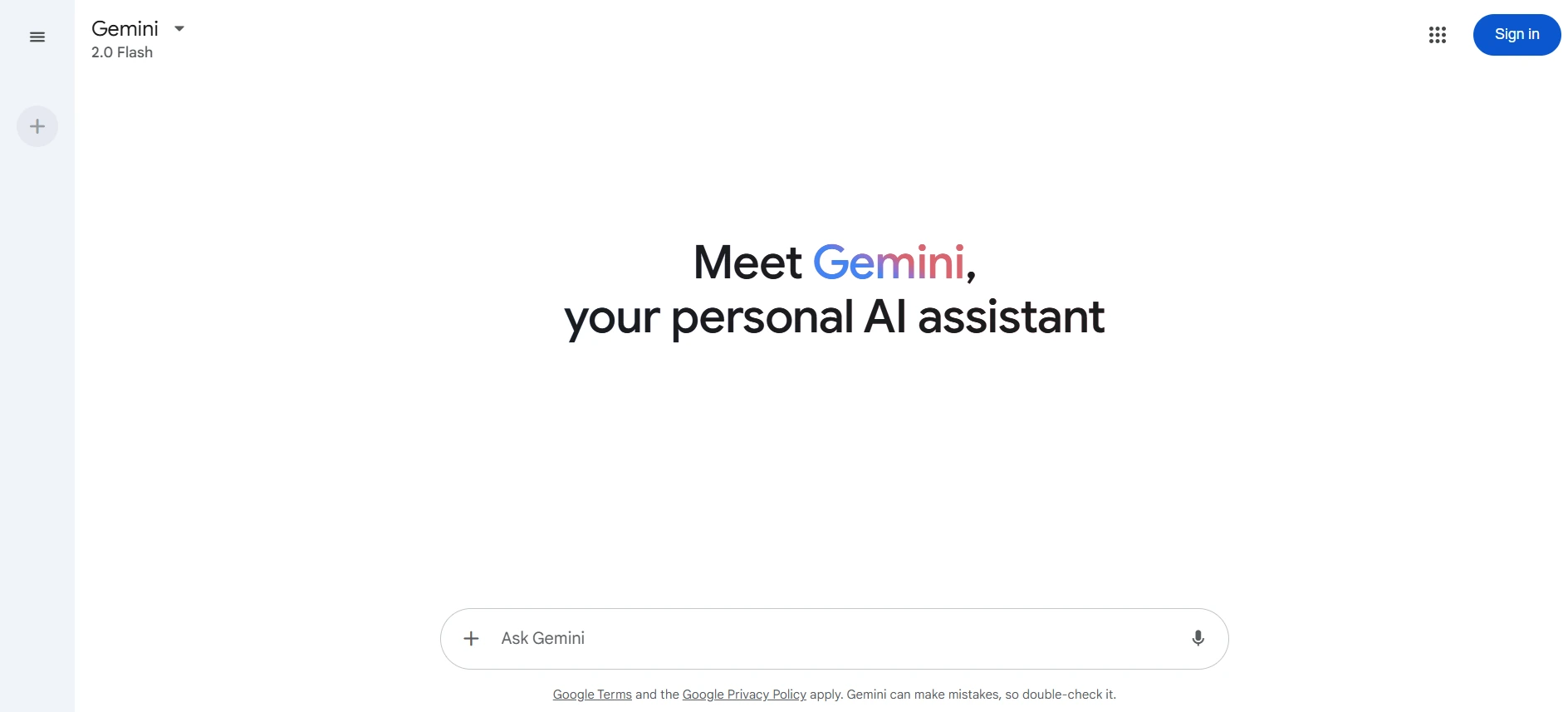
Key Features:
- Gmail, Google Docs, Google Sheets, and other tools are all deeply integrated.
- Multimodal understanding (text, image, and voice).
- Real-time web access with Google Search.
- Effective research and summarizing abilities.
- Smooth app integrations and smart workspace assistance.
Best For: Businesses that currently use Google Workspace, marketing teams, researchers, and product managers.
Read More: OpenAI’s GPT vs. Google Gemini: Which AI Model is Better for Workflow Automation in 2026?
4. Claude (Anthropic)
Claude is developed by Anthropic with a focus on safety, interpretability, and ethical use of AI. Claude 2 and Claude 3 have performed very well in processing large documents and complex prompts.
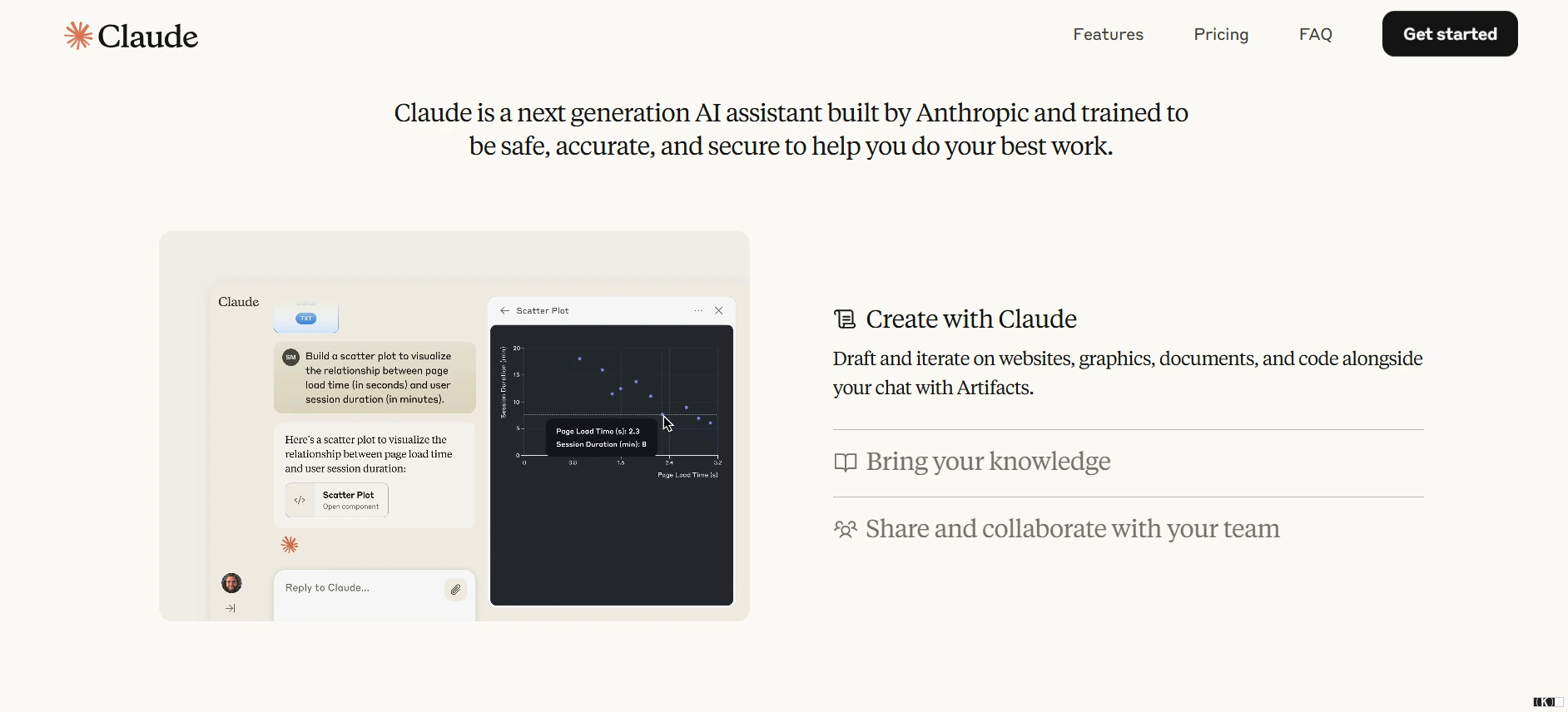
Key Features:
- Very large context windows (up to 200K+ tokens).
- High dependability and fact-based answers.
- Uses a natural, polite, and thoughtful conversational tone.
- Proper alignment with user intent.
- Ideal for enterprise applications.
Best For: Law firms, research-based companies, financial institutions, and businesses that require consistent, accurate, and compliant results.
5. Grok (xAI by Elon Musk)
Grok is an LLM developed by Elon Musk’s xAI and is highly integrated with the X (formerly Twitter) ecosystem. It offers real-time, social media-informed responses and is built with a sense of sarcasm and personality, making it unique in style and use.
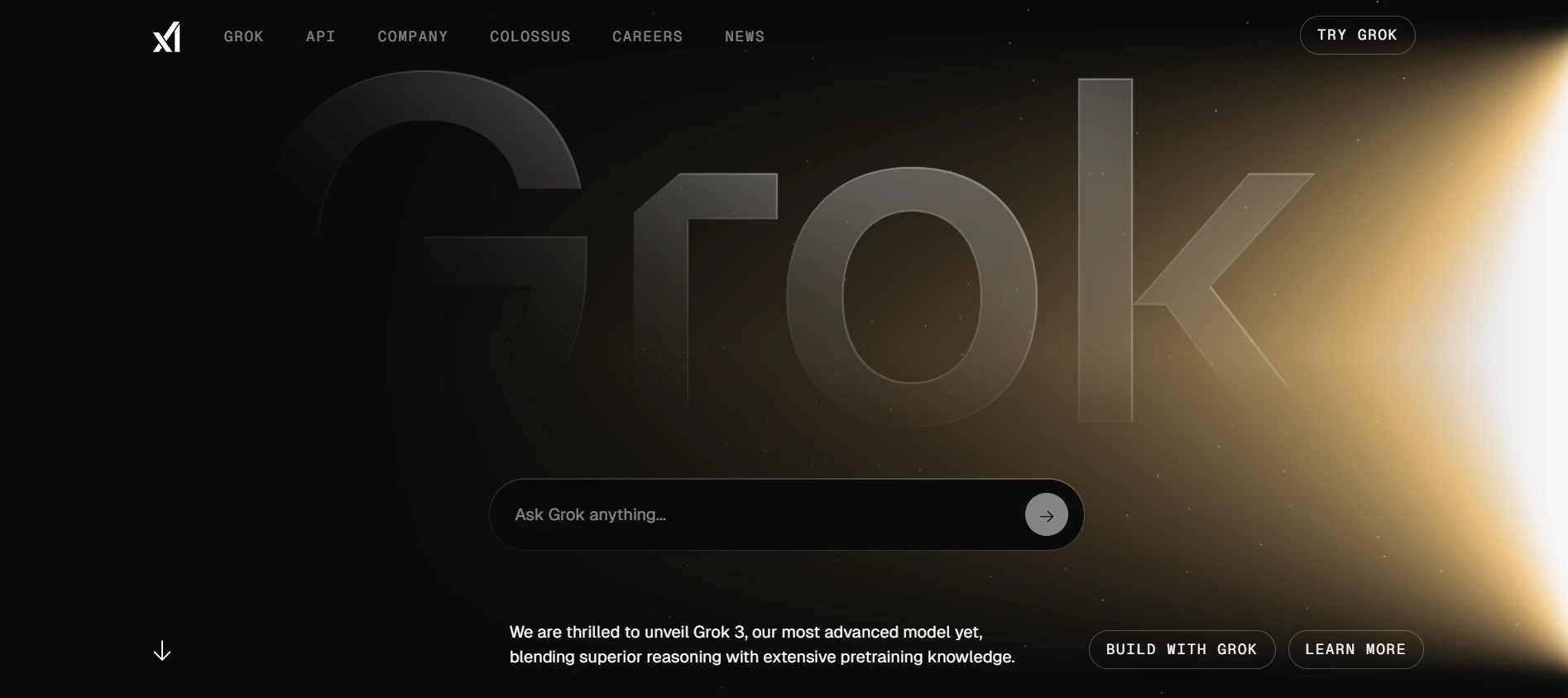
Key Features:
- Direct access to real-time X/Twitter data.
- A conversational and sharp tone.
- Designed for comedy, humor, and personality.
- Strong integration with social data streams.
Best For: Social media marketing teams, trend analysts, consumer brands, and digital companies.
6. Perplexity AI
Perplexity is an AI-powered research assistant and conversational search engine that emphasizes transparency and citation-backed responses. It is known for providing source-linked responses, making it an ideal solution for content teams and research departments.
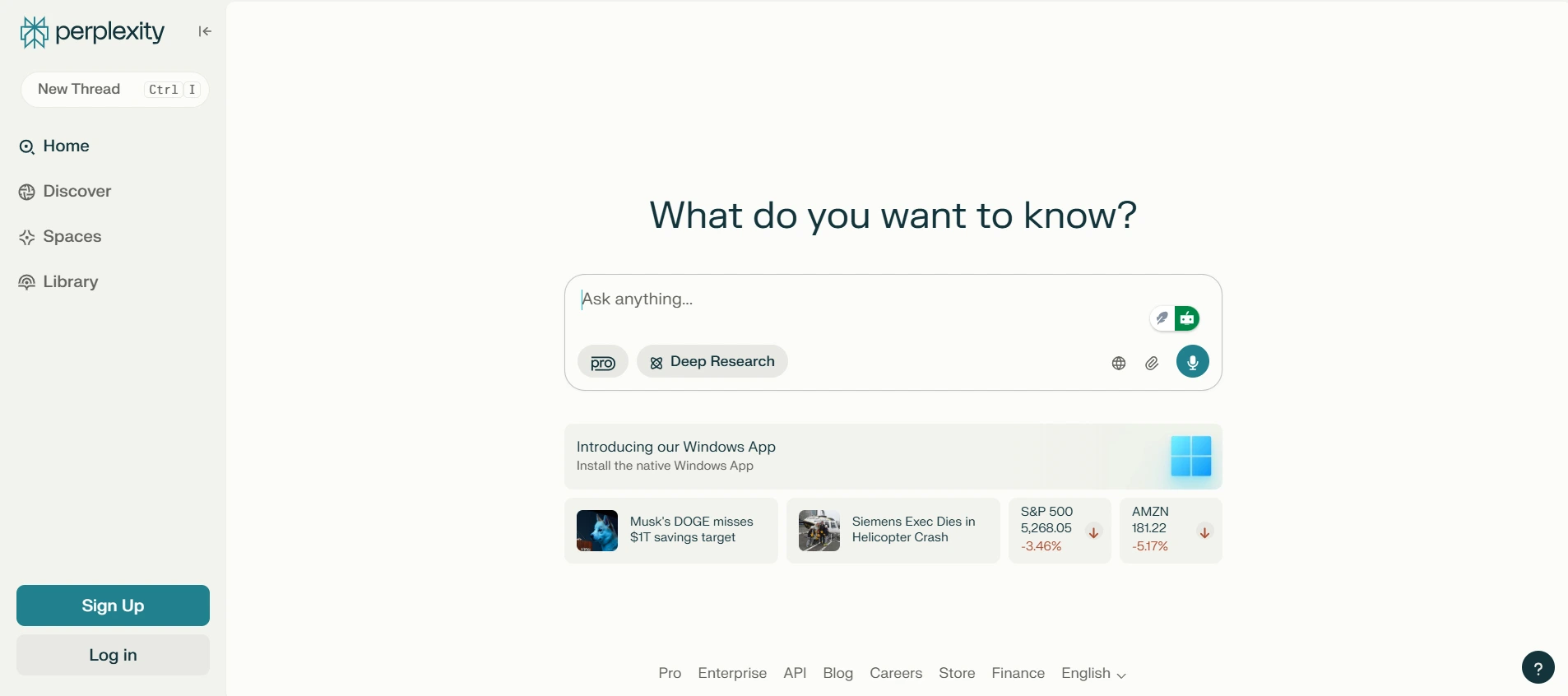
Key Features:
- Cited responses using real-time web data.
- Clean, research-focused UX.
- Combines LLMs with retrieval-augmented generation (RAG).
- Perfect for asking complex or niche queries.
Best For: Research analysts, content teams, educators, consultants, and anyone who needs real-time, accurate data.
Comparing LLaMA vs OpenAI GPT: Which Fits Your Business?
Below is a full comparison of two of the most popular LLMs:
| Feature | LLaMA | OpenAI GPT |
| Ownership | Meta (open-source) | OpenAI (proprietary) |
| Access | Free via HuggingFace or Meta repo | Paid via OpenAI API or ChatGPT |
| Ease of Use | Requires tech expertise | Plug-and-play via UI/API |
| Speed & Performance | Depends on hardware | Fast and optimized on OpenAI infra |
| Training Cost | Requires infrastructure to train/deploy | Pre-hosted, zero infra cost |
| Integration Cost | Lower (self-hosted possible) | Subscription-based pricing |
| Fine-tuning | Easy and cost-efficient | Limited (via API or Azure) |
| Community | Developer-driven | Massive community + plugins |
| Best For | Customization, enterprise control | General AI tasks, fast deployment |
Which To Choose?
- Choose LLaMA if: you want flexibility, customization, and data control.
- Choose GPT if: you need fast, scalable, ready-to-use AI without infra overhead.
Key Factors to Consider Before Choosing an LLM
The appropriate LLM is based on the size of your company, objectives, data needs, and technical capabilities. Consider the following:
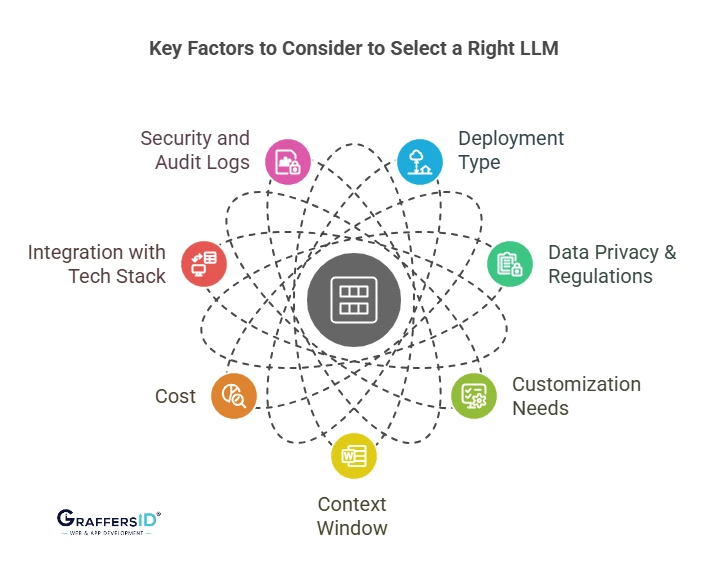
1. Deployment Model
- Cloud-based: Easy setup, less control.
- On-premise: More secure and customizable, but requires infrastructure.
2. Data Privacy & Compliance
Ensure the model complies with:
- GDPR (EU)
- HIPAA (US healthcare)
- Any other regional or industry-specific laws.
3. Customization
Do you require fine-tuning to better reflect your brand identity or domain expertise?
- If so, open-source models like LLaMA are preferred.
- Otherwise, pre-trained APIs are cost-effective.
4. Context Window
This defines how much data an LLM can handle at once. Larger windows are better for long texts and multi-turn conversations.
5. Cost Model
- Open-source: Free but involves infrastructure costs.
- APIs: Pay-as-you-go or subscription pricing. Evaluate long-term ROI and usage estimates.
6. Tech Stack Integration
Make sure the LLM can integrate with your:
- CRM (e.g., Salesforce)
- Internal tools (Slack, Notion)
- Databases and dashboards
7. Security
Check for options such as:
- Role-based access
- Encryption
- Monitoring and logging capabilities
Conclusion
In 2026, Large Language Models are not optional; they are essential for businesses aiming to stay competitive in a fast-changing AI-powered world. Whether it’s automating customer support, generating insights, building copilots, or ensuring compliance, LLMs provide measurable ROI across industries.
The right choice depends on your business goals, compliance needs, and level of customization required. Start with pilots, measure ROI, and then scale with the model that aligns with your long-term strategy.
At GraffersID, we specialize in custom AI solutions, AI assistants, and remote AI developer hiring in India.
Are you ready to integrate artificial intelligence into your business operations?
Hire remote AI developers in India from GraffersID today and start building your future-proof AI ecosystem!

